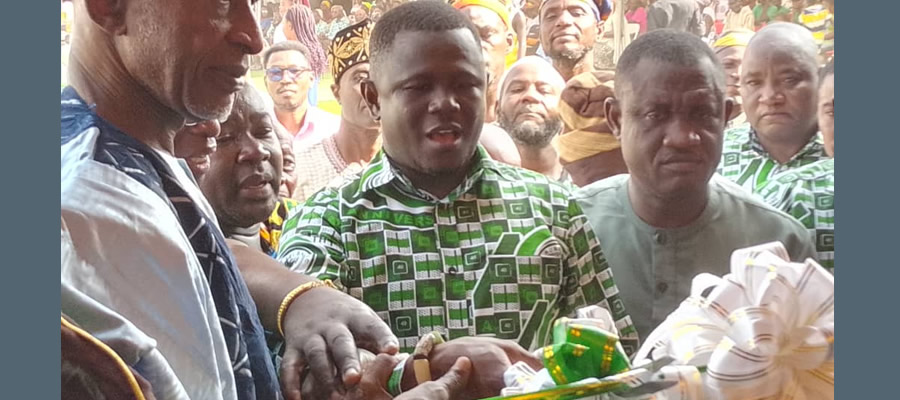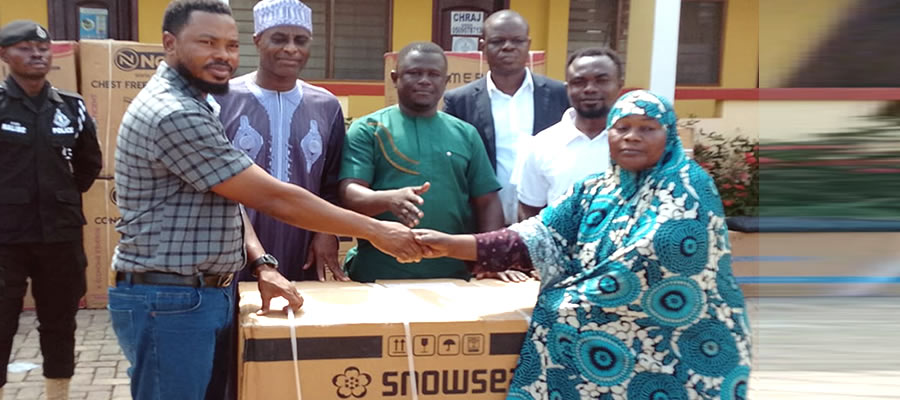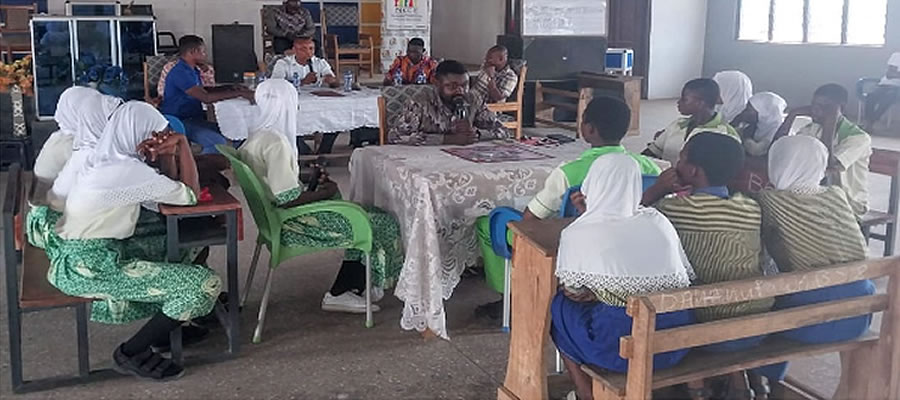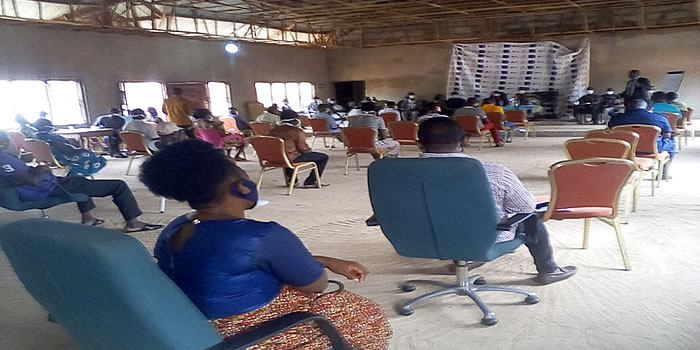

Location and Size
The Pru West District was curved out of the Pru District in December, 2017. The District was established under Legislative Instrument (L.I.2335) of 2017 and inaugurated on 15th March, 2018 Pru West District lies between Longitudes 00 30”W and 10 26”W and Latitudes 7 0 55”N and 8 0 55”N. It shares boundaries with six (6) other districts, namely Pru East District to the north, Sene West Distruct to the east, Nkoranza South Municipal and Atebubu-Amantin Municility to the south and Kintampo-North Municipal and Kintampo South Distruct to the west, all in the Bono East Region.
Climate
The District is located within the transitional zone, thus it experiences the tropical continental or interior Savannah type of climate, which is a modified form of the wet semi-equatorial type of climate. The total annual rainfall ranges between 800mm and 1400mm and occurs in two seasons. The first rainy season begins June whilst the second rainy season begins in September or October. The difference between the minor and major season is hardly noticed due to the transitional nature of the area.
Vegetation
The District falls within the interior wooded savanna or tree savannah. However, due to the transitional nature, the area does not exhibit typical savannah conditions. The savannah used to be heavily wooded, though most of the trees are not as tall and gigantic as those in the moist deciduous forest but due to the human activities, the current prevailing natural condition is not the best. There is therefore the need to embark on a Massive tree replanting under the youth in Agro forestry currently introduced by the government.
Relief and Drainage
The topography of the district is generally plain with rolling and undulating land surface of an elevation between 60 – 300 meters above sea level. The district is unfortunately not associated with any significant highlands or hills except in the Abease and Benim (Buom) area where a few matured hills and caves can be found.
The Pru River, which is a right tributary to the Volta Lake flows across the Northern part of the district. The Volta Lake and the Pru River almost drains around the District. One does not leave the District without crossing the river and its tributaries. The sluggish flow of the river permits the depositing of alluvial soils on the river beds and along their banks. The fertile nature of alluvial soils is a great potential for increased food production in the district.
Soil
Soils in the district belong to a group called “groundwater lateritic soils” which cover nearly three-fifths of the interior wooded savanna zone of Ghana. These soils are formed mainly over Voltaian shales and granites. Most of the soils are fine-textured, ranging from fine sandy loams to clayey loams, and are mostly poorly drained. Crops that can potentially be supported by these soils include rice, vegetables, yams, cassava, maize, groundnuts, soya beans, cowpeas, tobacco and sorghum.
Geology and Minerals
The district is underlain by the voltaian formation which covers about two-fifths of the surface area of Ghana. The rocks belonging to this formation are rich in sandstone, shales, mudstone and limestone which can be harvested for constructional purposes in the district. There are also few deposits of clay which when given the needed attention can boost the pottery industry to generate revenue for the local inhabitants.
The rocks in the area are believed to contain gold deposits; however, no investigation has yet been carried out to corroborate this assertion.
Date Created : 7/5/2023 12:00:00 AM










 facebook
facebook
 twitter
twitter
 Youtube
Youtube
 +233 593 831 280
+233 593 831 280 0800 430 430
0800 430 430 GPS: GE-231-4383
GPS: GE-231-4383 info@ghanadistricts.com
info@ghanadistricts.com Box GP1044, Accra, Ghana
Box GP1044, Accra, Ghana